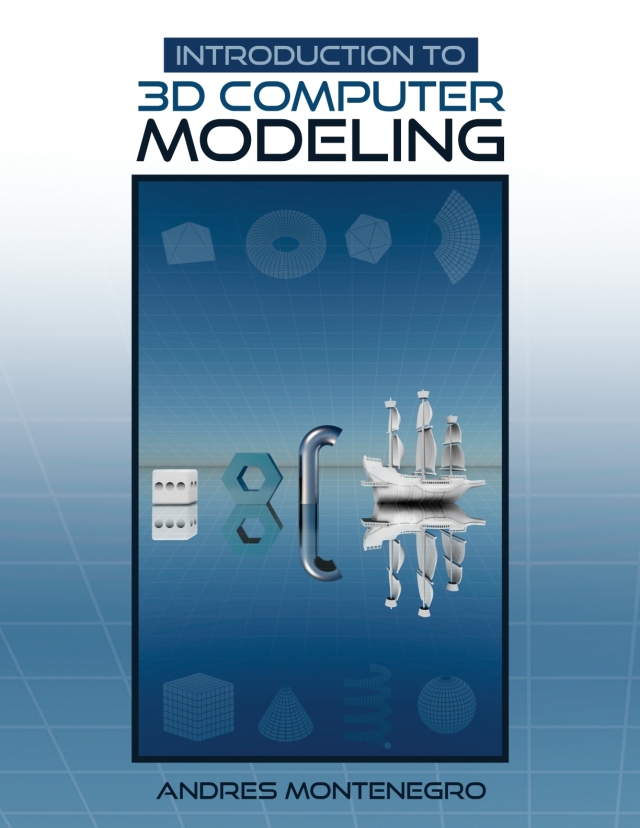Book
The methodology exposed in this book is focused on the learning process of creating precise 3D models, and essentially the acquisition of foundational modeling techniques based on polygons, geometric shapes, and surfaces generated from curves. During the progressive attainment of the different tools and techniques, the users, in this case students taking the class Intro to 3D Modeling, will be able to achieve solid foundations of what is going to be a versatile set of models developed and available for different output production. Whether this involves a CAD exchange, a prototyping rendition through photorealistic visualization, a standard or a high- definition 3D print, they will obtain the configuration of proper settings and attributes constructed for a Realtime Render functionality which involves video game and XR immersive environment production. A 3D model that complies with a versatile and multipurpose set of requirements is not only a strategic asset, but also a functional object that can be reutilized and modified with ease and efficiency by multiple users and systems. An important reminder to keep in mind when users are first introduced to the 3D modeling world is what is going to be the preferred software to start? To attain the different modeling techniques, students, users, or first timers will learn Autodesk Maya in this book, in this case the latest version. Autodesk Maya is the leading industry standard software equipped with unrivaled 3D modeling methods for the creation of simple or sophisticated prototypes, with perhaps its most outstanding features being character animation and the simulation of visual effects for motion pictures.
The modeling module in Maya will yield users with a cultural and educational background to understand not only a particular software package, but a wide array of others available that share the same seminal technological and computing principles. Several software packages are available in the world of 3D modeling that fit the beginner’s learning path; however, I recommend a formal study with one program at a time. Autodesk Maya seems to be the first option to try out at the start, and after-ward there is no restriction when applying the same modeling methodologies in other 3D packages like 3D Studio Max, Blender, Cinema 4D, Houdini, or Rhinoceros. The content of this book is committed to provide you with an open- minded attitude toward 3D modeling and freedom of conceptual visualization, allowing you to explore techniques for further or more complex elaborations. 3D modeling skills are not only centered on sculpting techniques, but also on establishing the most effective way to fine-tune highly detailed models with befitting retopology into a versatile model for a multipurpose objective relying on its solid and well geometrically constructed foundations.
